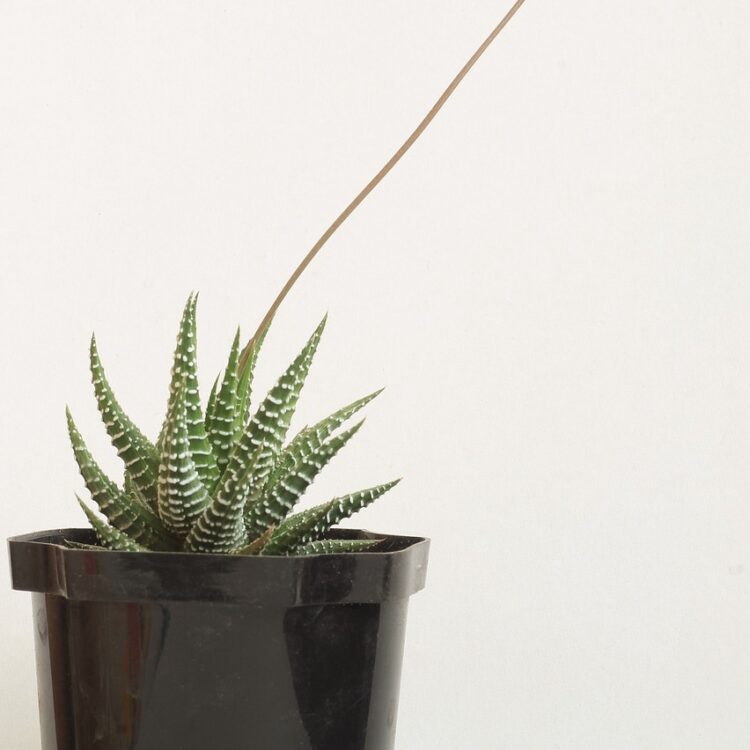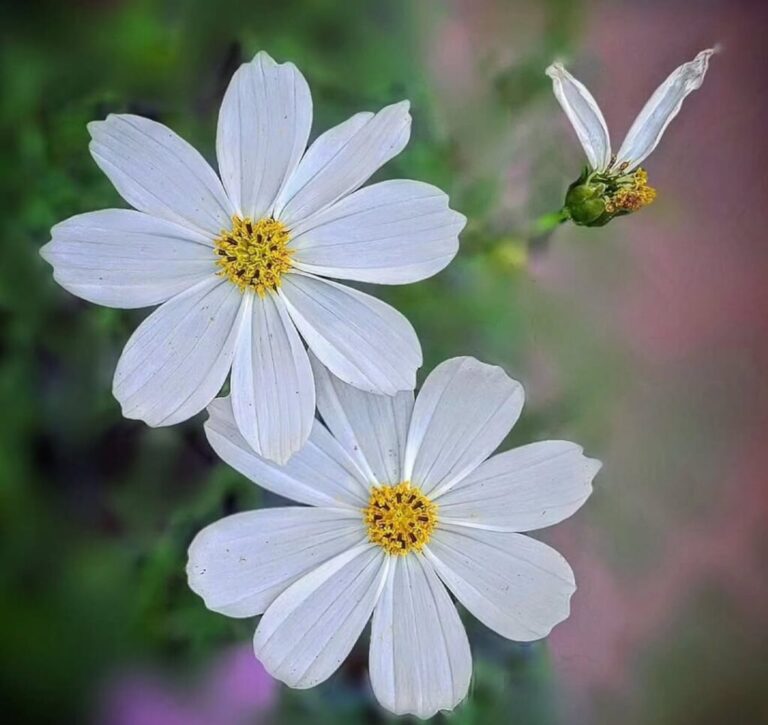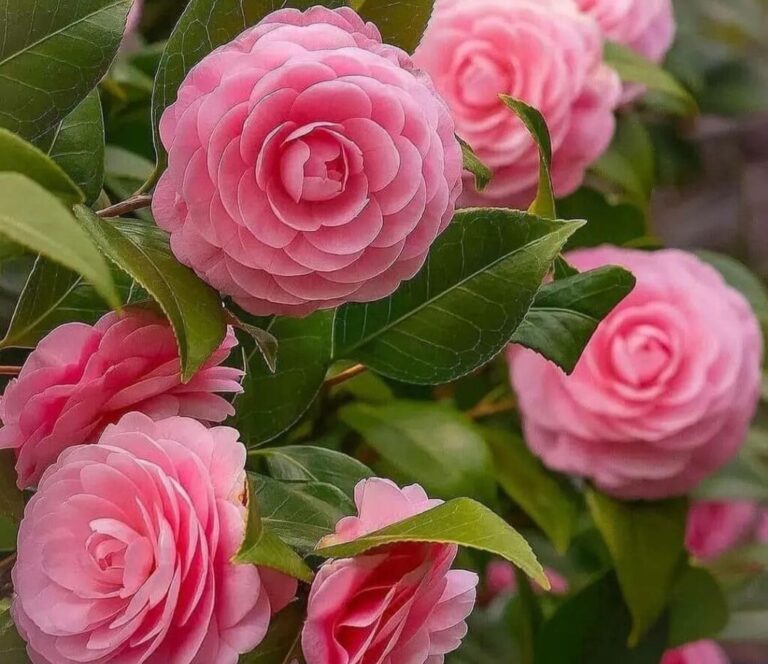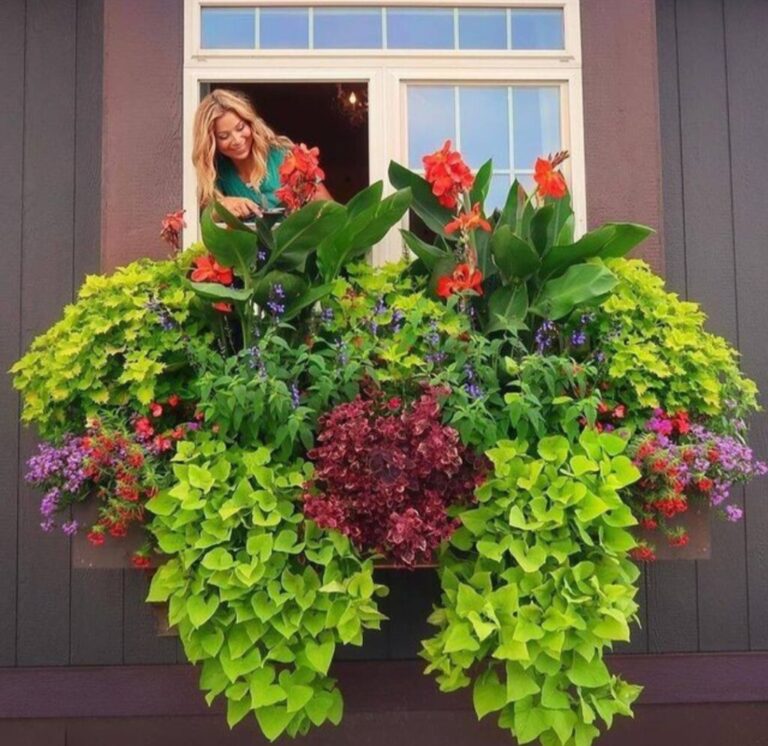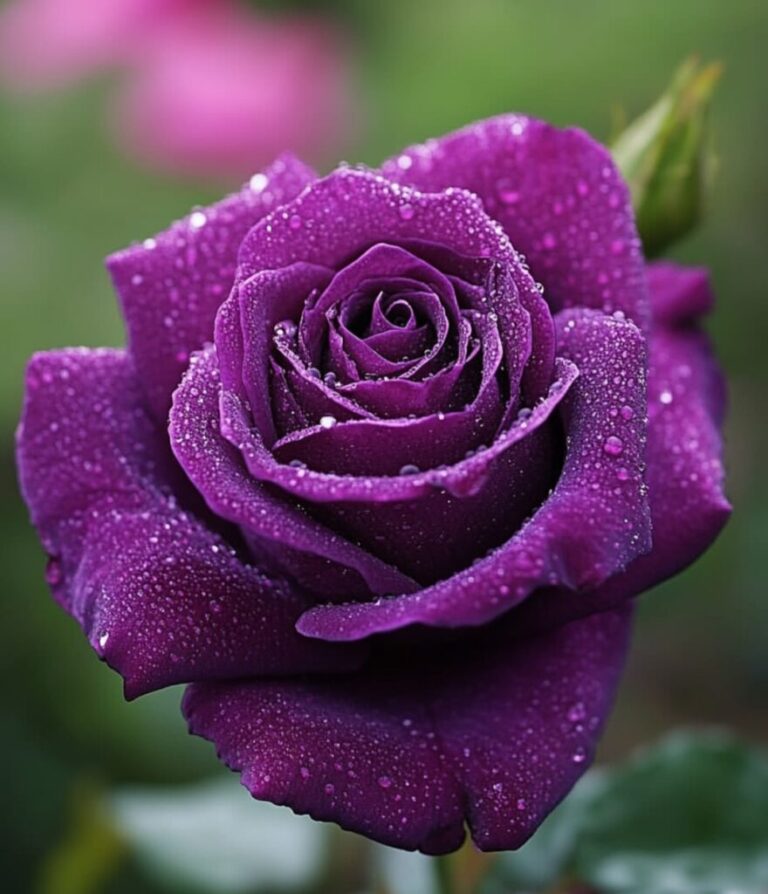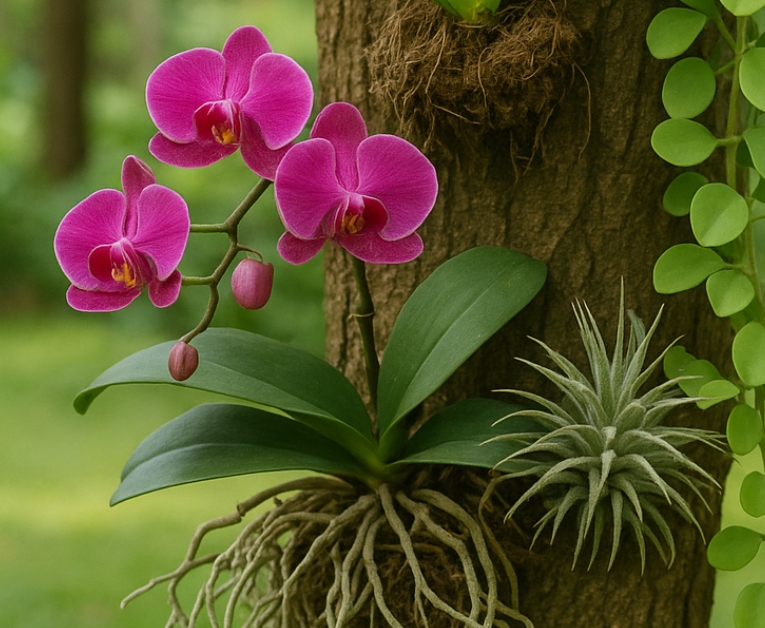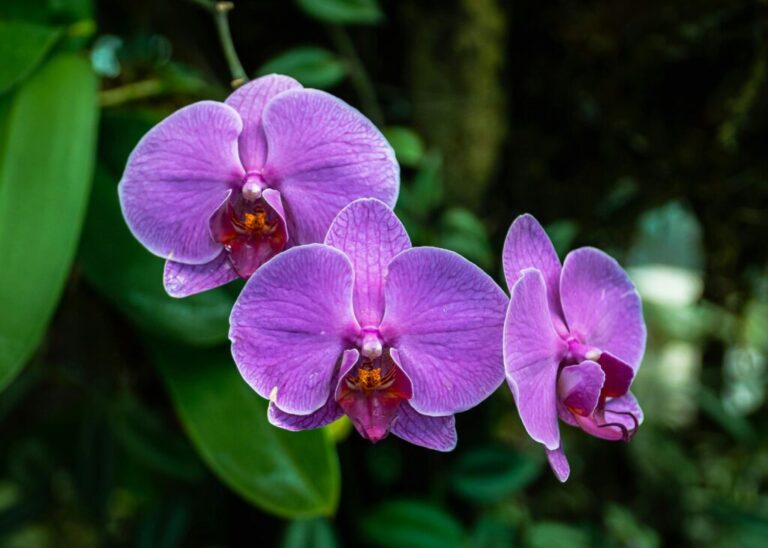- 1 Snake Plant (Sansevieria Trifasciata):
- 2 ZZ Plant (Zamioculcas Zamiifolia):
- 3 Pothos (Epipremnum Aureum):
- 4 Aloe Vera (Aloe Barbadensis Miller):
- 5 Spider Plant (Chlorophytum Comosum):
- 6 Peace Lily (Spathiphyllum):
- 7 Rubber Plant (Ficus elastica):
- 8 Haworthia
- 9 Chinese Evergreen (Aglaonema):
- 10 Ponytail Palm (Beaucarnea Recurvata):
- 11 Cast Iron Plant (Aspidistra Elatior):
- 12 Jade Plant (Crassula Ovata):
- 13 FAQ
Less watering and less care plants for your home
In the fast-paced world we live in, finding time for self-care can be challenging, let alone nurturing high-maintenance plants. Thankfully, nature has gifted us with a plethora of beautiful, low-care plants that thrive with minimal attention. These low-watering and low-care plants not only bring a touch of greenery into your living space but also add a sense of calm and tranquilly. If you’re a busy individual or someone who tends to forget about plant care, fret not! In this blog post, we will explore a curated selection of low-maintenance plants that will flourish with little effort, allowing you to enjoy the beauty of nature without the stress of constant care.

Snake Plant (Sansevieria Trifasciata):
The snake plant, also known as mother-in-law’s tongue, is a champion of low-maintenance houseplants. Its striking, sword-like leaves are not only visually appealing but also possess excellent air-purifying properties. These plants are incredibly resilient and can tolerate low light and infrequent watering. Simply place them in well-draining soil, water them occasionally, and they will reward you with their stunning presence.
ZZ Plant (Zamioculcas Zamiifolia):
The ZZ plant is another excellent choice for low-care plant enthusiasts. With its glossy, dark green leaves, this plant brings an elegant touch to any room. ZZ plants are known for their ability to thrive in low-light conditions and can go without water for extended periods. They’re perfect for forgetful waterers and those who prefer a plant that can withstand neglect.
Pothos (Epipremnum Aureum):
Pothos, also called Devil’s Ivy, is a popular choice for both beginners and experienced plant lovers. Its heart-shaped, variegated leaves add a touch of vibrancy to any space. Pothos can grow well in various light conditions, from low light to bright, indirect light. It’s forgiving when it comes to watering, too, as it prefers slightly dry soil between watering sessions.
Aloe Vera (Aloe Barbadensis Miller):
Known for its healing properties, Aloe Vera is a practical and attractive addition to any home. This succulent requires minimal care, preferring well-draining soil and bright, indirect sunlight. Aloe Vera is perfect for those who occasionally forget to water their plants, as it is highly drought-resistant.
Spider Plant (Chlorophytum Comosum):
The spider plant is a classic houseplant that’s loved for its arching, green, and white-striped leaves. This plant is highly adaptable and can thrive in a variety of conditions, making it suitable for most homes. Spider plants are known for their air-purifying qualities and can withstand occasional neglect when watered.
Peace Lily (Spathiphyllum):
The peace lily is a stunning flowering plant that can add a touch of elegance to any living space. It thrives in low to moderate light and prefers slightly moist soil. While it requires a bit more attention than some other plants on this list, it rewards you with beautiful white blooms that can enhance the aesthetics of your home.
:
Rubber Plant (Ficus elastica):
The rubber plant is a popular choice for indoor gardening enthusiasts due to its attractive, glossy, dark green leaves. This plant is relatively low-maintenance and can tolerate a range of light conditions, from moderate to bright indirect light.Use only a small amount of water, letting the soil mostly dry up in between applications. With its air-purifying qualities and stunning foliage, the rubber plant adds a touch of sophistication to any room.
Haworthia
Haworthias are delightful little succulents that come in a variety of shapes and sizes. These small, rosette-forming plants are perfect for adorning shelves, desks, or windowsills. They prefer bright, indirect light and only need occasional watering. Like most succulents, they store water in their leaves, making them incredibly drought-resistant. With their unique, textured appearance, haworthias are excellent conversation starters and are a breeze to care for.
Chinese Evergreen (Aglaonema):
If you’re searching for an easy-going plant with striking foliage, the Chinese Evergreen is an excellent choice. This plant boasts beautiful, variegated leaves in shades of green, silver, pink, or red. Chinese Evergreens can tolerate low light conditions, making them ideal for offices or rooms with minimal natural light. They only need to be watered when the top inch of soil becomes dry, making them suitable for those who tend to forget about plant care.
Ponytail Palm (Beaucarnea Recurvata):
Despite its name, the Ponytail Palm is not a true palm but rather a unique succulent tree. This plant is highly resilient and can thrive in bright indirect light or even in direct sunlight. It stores water in its swollen base, allowing it to withstand periods of drought. The Ponytail Palm is an intriguing addition to any space, as its long, cascading, ribbon-like leaves create a dramatic effect.
Cast Iron Plant (Aspidistra Elatior):
As the name suggests, the Cast Iron Plant is virtually indestructible. This rugged houseplant can endure neglect, low light conditions, and even temperature fluctuations. Its dark green, lance-shaped leaves add a touch of elegance to any room, and it requires minimal watering. If you’re looking for a resilient and low-maintenance plant that can handle almost any conditions, the Cast Iron Plant is an excellent choice.
Jade Plant (Crassula Ovata):
The Jade Plant is a popular succulent with thick, fleshy leaves that store water, allowing it to survive in dry conditions. It prefers bright, indirect light and should be watered sparingly, as it is susceptible to root rot if overwatered. Known as a symbol of good luck and prosperity, the Jade Plant adds a touch of positive energy to your living space.
:
FAQ
What are some low-maintenance plants suitable for my home?
There are several low-maintenance plants that can thrive with minimal care. Some options include:
Snake Plant (Sansevieria): Known for its air-purifying qualities and resilience, the snake plant requires very little watering and can tolerate low light conditions.
ZZ Plant (Zamioculcas zamiifolia): This plant is well-known for its ability to tolerate neglect and can survive in low light environments.
Peace Lily (Spathiphyllum): Peace lilies are relatively easy to care for and can tolerate low light, but they do require regular watering.
Spider Plant (Chlorophytum comosum): Spider plants are hardy and can adapt to various light conditions. They are also forgiving if you occasionally forget to water them.
How often should I water my low-maintenance plants?
While low-maintenance plants require less water than their more demanding counterparts, it’s essential to find the right balance. As a general guideline:
When the top inch of soil seems dry to the touch, water your plants only then. Overwatering can lead to root rot and other issues.
Check the specific care requirements for each plant species, as they may have different water needs.
In winter or cooler months, plants typically require less frequent watering due to slower growth and evaporation rates.
Can I place low-care plants in areas with low natural light?
Yes, many low-maintenance plants can adapt well to low-light conditions, making them perfect for indoor spaces with limited sunlight.Among the plants that do well in low light are:
Snake Plant: It can handle low light but also grows well in bright, indirect light.
ZZ Plant: Thrives in low to moderate light environments and can tolerate dimly lit rooms.
Dracaena: Several varieties of Dracaena can manage well in low light settings.
Pothos (Epipremnum aureum): This trailing plant can grow in low to moderate light and is an excellent choice for beginners.
How can I ensure the health of my low-maintenance plants?
Monitor watering: Overwatering is a common issue, so avoid leaving your plants sitting in water-filled saucers. Use a well-draining pot and water only when the soil is dry.
Dust leaves: Regularly wipe the leaves with a damp cloth to keep them clean and allow them to photosynthesize efficiently.
Provide occasional feeding: While these plants can survive with minimal nutrients, a balanced houseplant fertilizer applied sparingly can encourage healthier growth.
Prune when necessary: Remove any dead or yellowing leaves to maintain the plant’s appearance and redirect energy to new growth.
.
